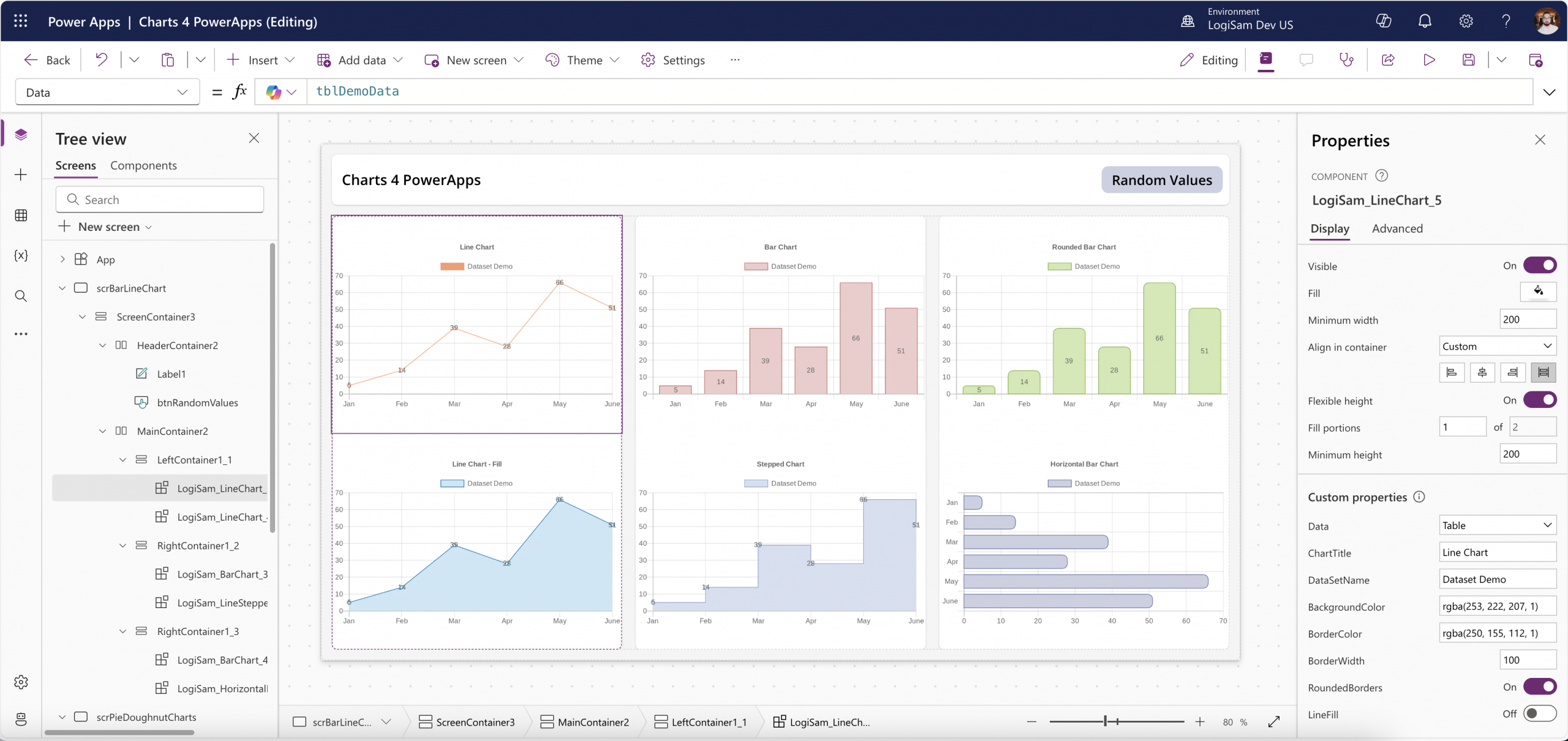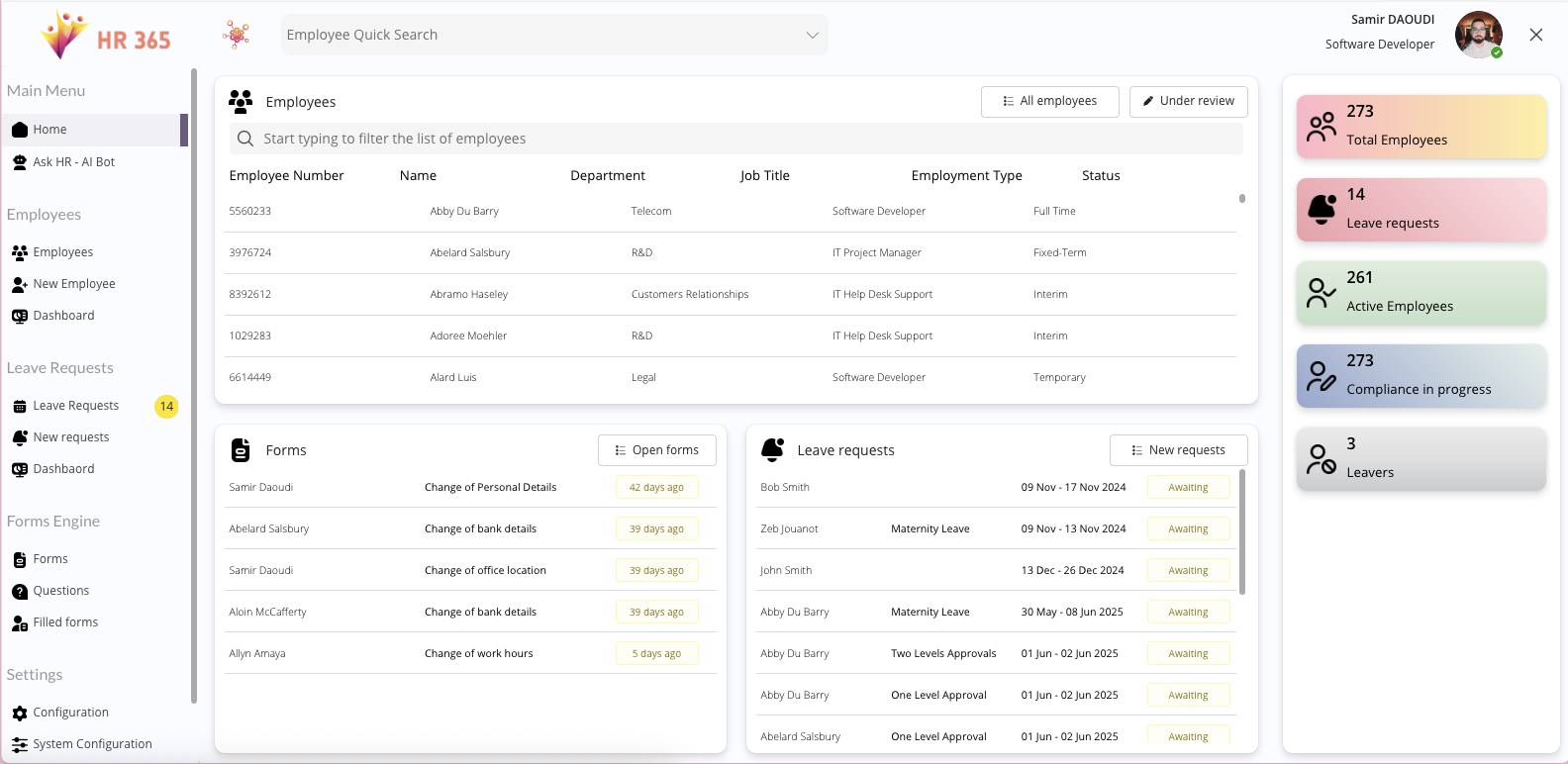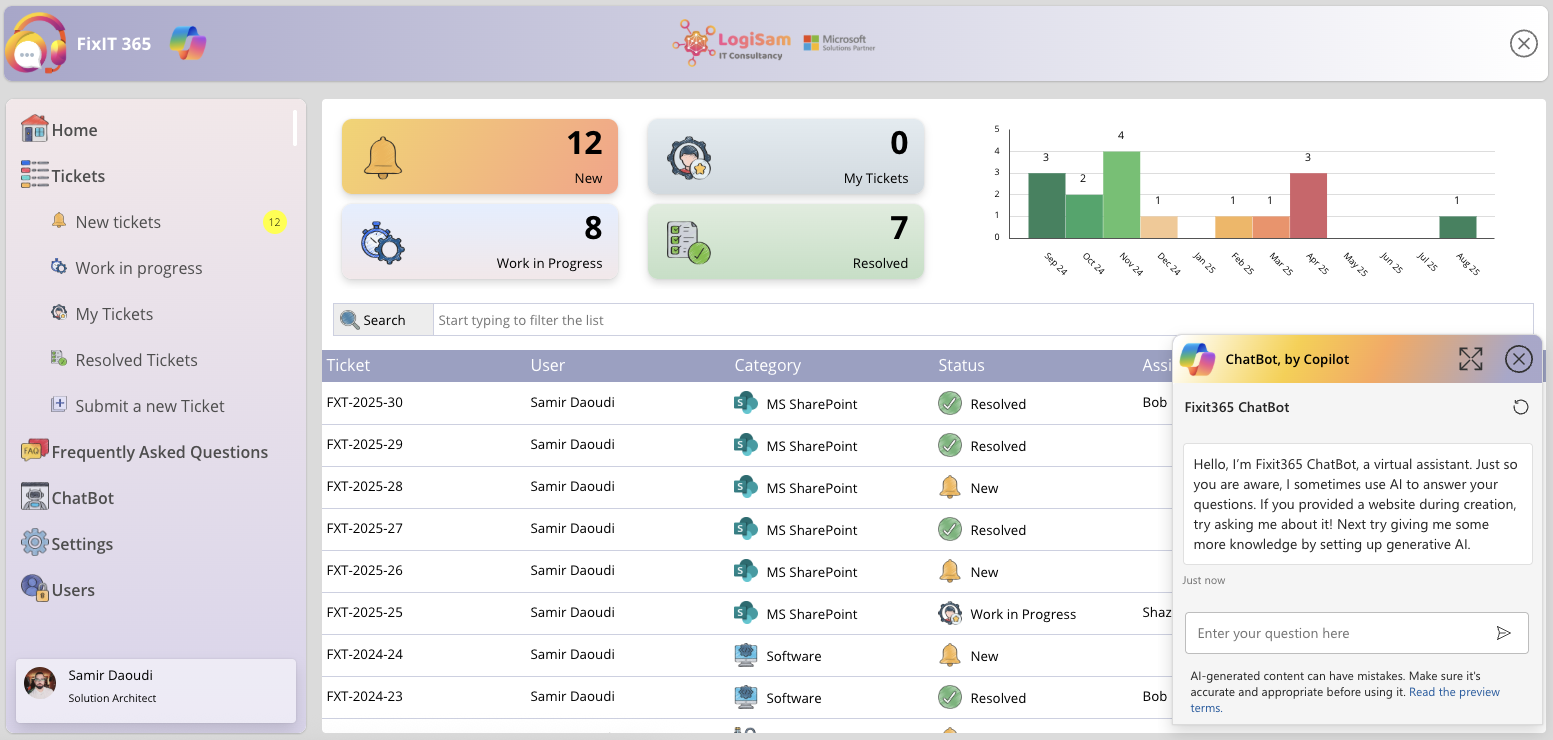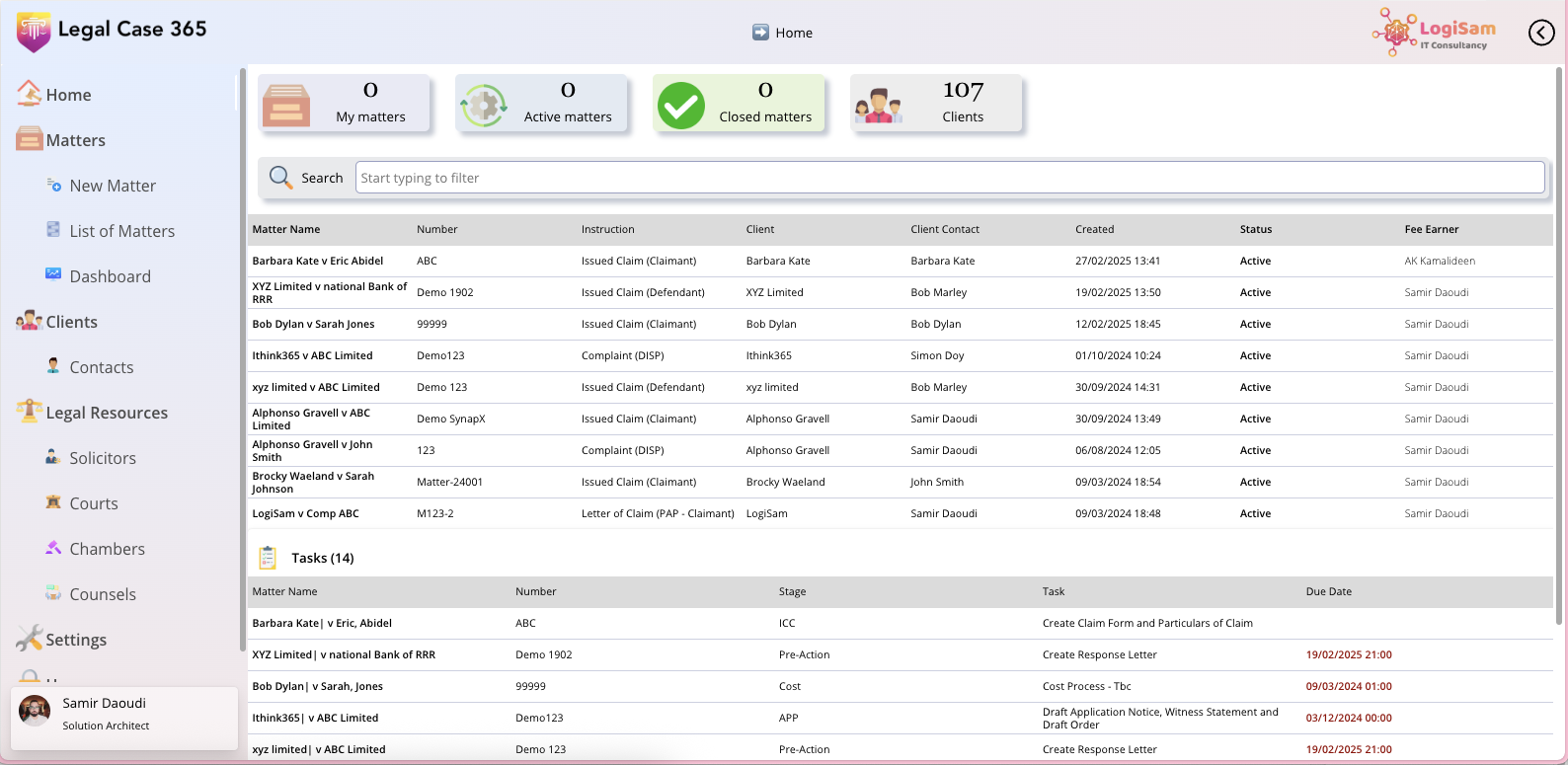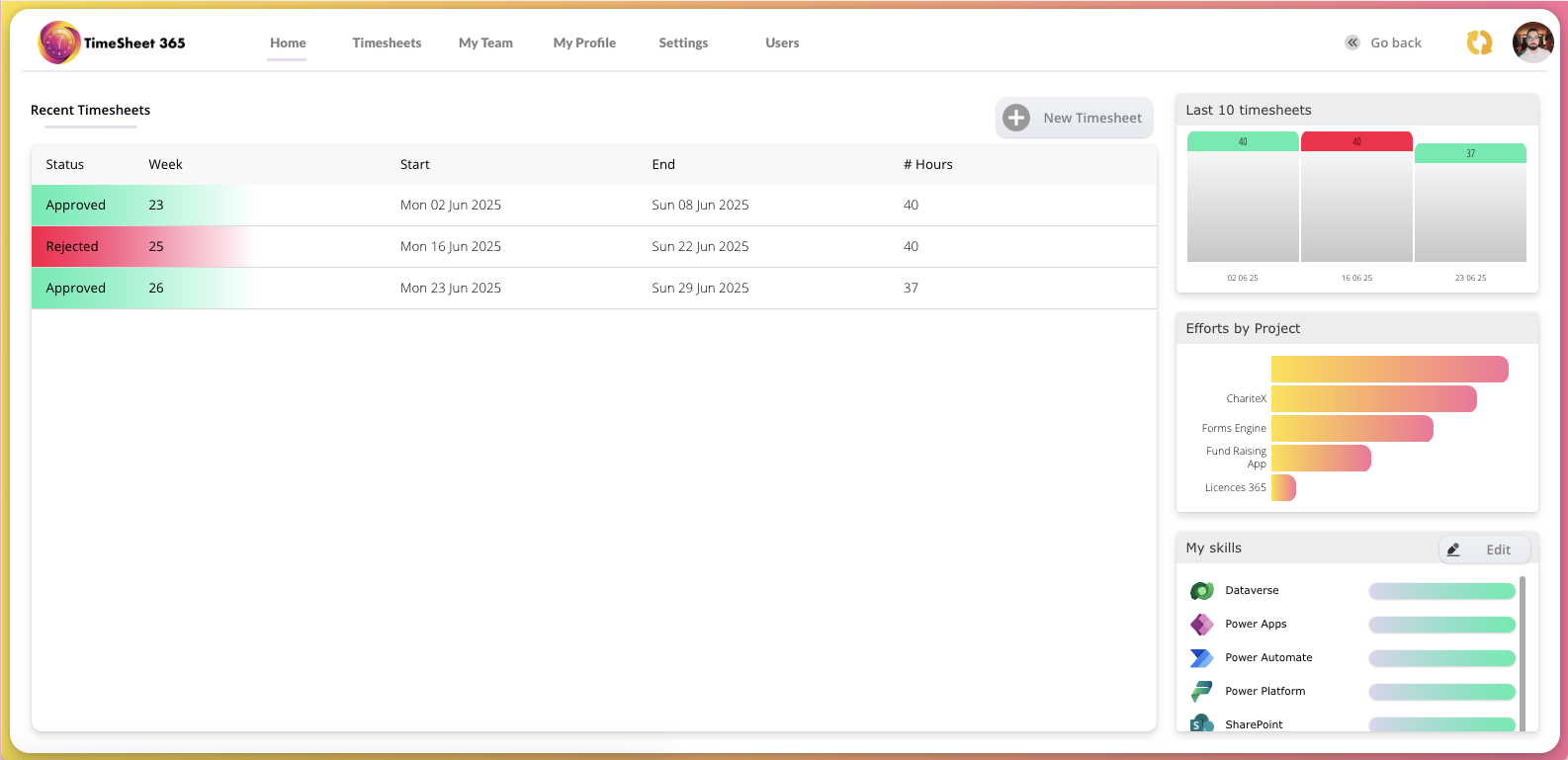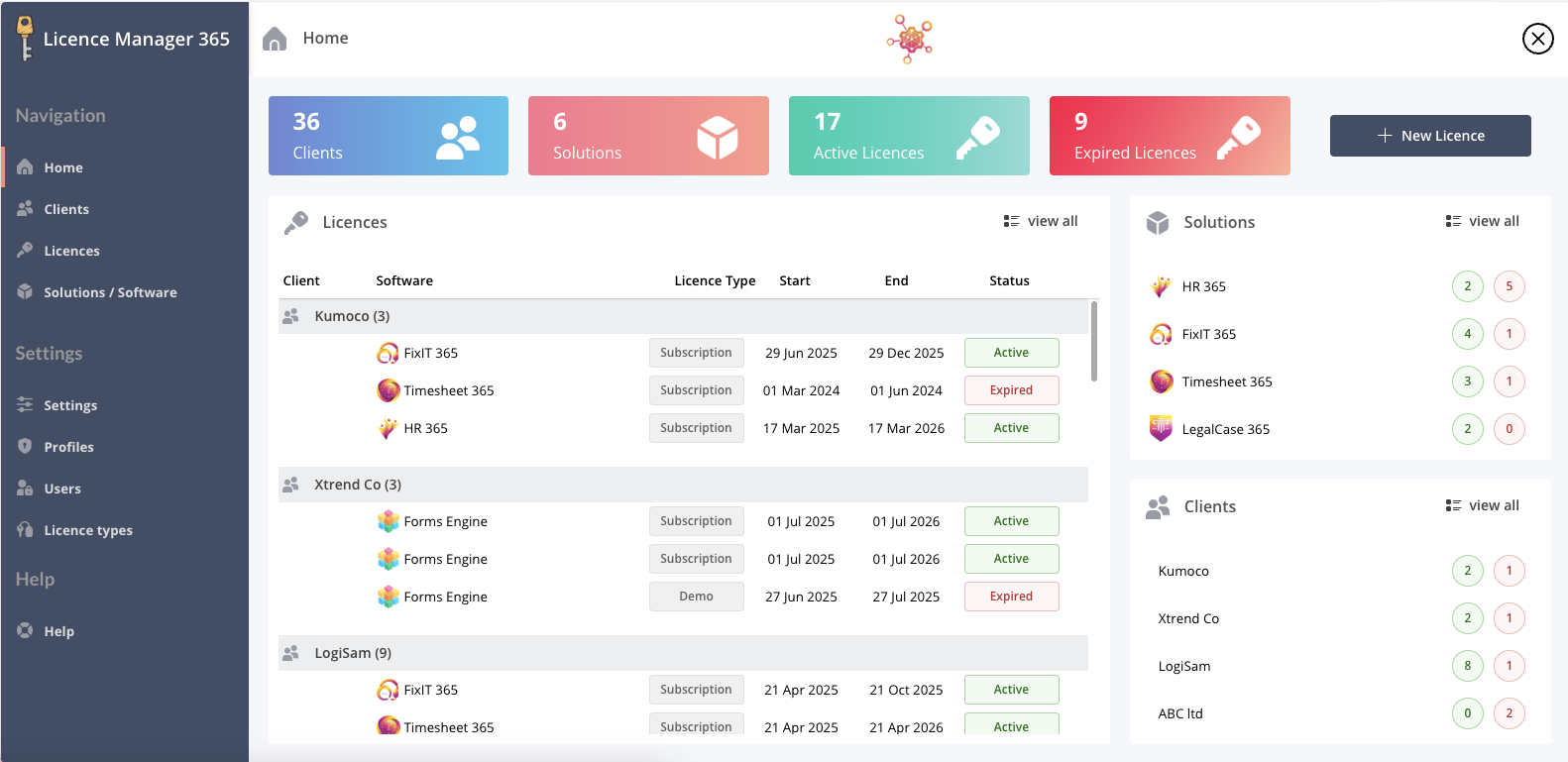What Is Digital Transformation Strategy? An Expert Guide
A digital transformation strategy isn’t simply about purchasing new software or moving everything to the cloud. It’s a detailed blueprint for fundamentally reshaping how your entire organisation operates—how you deliver value to customers, how your teams work, and how you achieve your most important business objectives through technology.
Think of it this way: it’s not just about adopting new tools. It’s about rethinking your business processes, culture, and customer experiences from the ground up so your organisation can thrive in a digital-first world.
Defining Your Digital Transformation Blueprint
Too many organisations fall into the trap of believing digital transformation is just a matter of launching a new app or migrating servers to Microsoft Azure. In reality, a genuine strategy goes much deeper.
It’s the difference between buying a faster car and redesigning a city’s entire road network to eliminate congestion for good. One is a short-term fix; the other is a strategic overhaul that creates lasting, systemic change.
This bigger-picture approach means viewing the business as a whole. Every technology initiative must link directly to your core business goals, ensuring all your efforts align. As Microsoft highlights, a successful strategy requires a clear vision that connects technology to tangible outcomes. It’s no surprise that a report by the International Data Corporation (IDC) found that 53% of organisations now have an enterprise-wide digital transformation strategy. It’s no longer a “nice-to-have” — it’s essential.
More Than Just Technology
A common mistake is focusing so heavily on the digital aspect that you forget the transformation. The most successful strategies are always vision-led. They begin with a crystal-clear picture of what the business wants to achieve, then identify how technology can help get there.
This demands a major cultural shift. It’s about fostering a workforce that’s unafraid to experiment, guided by data, and collaborative rather than siloed. As Microsoft’s CEO, Satya Nadella, often says, it’s about nurturing a “growth mindset”. Without that cultural foundation, even the most impressive technology stack will fall flat.
Digital Transformation Strategy at a Glance
Here’s a quick comparison of what sets apart a genuine strategic transformation from simple tech adoption.
| Component | Simple Tech Adoption | Strategic Digital Transformation |
|---|---|---|
| Starting Point | A specific tool or piece of technology. | A clear business goal or customer challenge. |
| Focus | Implementing a new system or software. | Reimagining business processes and customer experiences. |
| Scope | Limited to one department or project. | Enterprise-wide, spanning culture, operations, and technology. |
| Goal | Tactical improvements such as cost savings. | Sustainable competitive advantage and long-term value creation. |
| Measurement | Delivery milestones and budget adherence. | Business outcomes such as revenue growth and customer satisfaction. |
A true strategy is a continual journey of improvement, not a one-off project.
Key Performance Indicators (KPIs) to Consider
A solid strategy must be measurable. You’ll need to define the right KPIs from the outset to track progress and demonstrate return on investment. While the exact metrics vary by sector, they usually fall into three key areas:
Customer Experience: Net Promoter Score (NPS), Customer Lifetime Value (CLV), and churn rate. A Microsoft study found that 90% of consumers would switch brands after a single poor service experience—highlighting just how critical these measures are.
Operational Efficiency: Are employees more productive? Have costs fallen? Are processes faster? These are the indicators that show how well your organisation is adapting.
Business Performance: Ultimately, it’s about the bottom line—growth in revenue from new digital channels and increased market share.
A digital transformation strategy isn’t a project with an end date; it’s an ongoing process of adaptation. It demands a clear vision, a culture open to change, and a commitment to measuring what truly drives sustainable growth and competitive advantage.
The Four Pillars of a Winning Strategy
A strong digital transformation strategy goes beyond a shopping list of new technologies. It’s a complete plan for transforming how your business operates. To deliver lasting value, it must rest on four essential pillars — the foundation of a modern, resilient organisation.
1. Empowering People and Culture
Technology is merely a tool — the real engine of transformation is your people. A digital-first culture forms the foundation for everything else. Without a workforce willing to adapt, learn, and experiment, even the best tools will sit unused.
As Microsoft emphasises, this means encouraging a growth mindset — fostering “learn-it-alls” instead of “know-it-alls”. That involves investing in upskilling, breaking down departmental silos, and promoting collaboration.
Tools such as Microsoft Power Platform enable employees to solve their own challenges and drive innovation from the ground up. One useful metric here is Employee Adoption Rate of new digital tools; once adoption passes 80%, it’s a strong sign the cultural shift is taking hold.
2. Reinventing Customer Engagement
Today’s customers expect more — personal, seamless, and proactive experiences, regardless of how they interact with you. This pillar is about leveraging technology to go beyond transactional relationships and create genuine engagement.
AI, for example, can help anticipate customer needs in real time, offering hyper-personalised recommendations. Retailers might use this insight to craft targeted campaigns that boost Customer Lifetime Value (CLV), a vital metric for success.
By focusing relentlessly on customer experience, you foster loyalty that drives both profitability and long-term resilience. Global spending on digital transformation reflects this urgency — projected to rise from £2 trillion to nearly £3 trillion by 2027.
3. Optimising Operational Processes
This pillar turns the lens inward. It’s about making your operations smarter, faster, and more efficient through automation, streamlined workflows, and better use of data.
Consider a manufacturer using IoT sensors to monitor machinery in real time. Predictive maintenance can reduce downtime dramatically, saving both time and money.
A great KPI here is Cycle Time Reduction — cutting a five-day process down to one is a measurable win that showcases genuine agility.
4. Innovating Business Models
The final pillar is about transformation at the deepest level: using technology to reinvent how you deliver value. This could mean launching digital-only products, subscription models, or entirely new revenue streams.
For instance, a hardware company could introduce a service-based subscription model, or a high-street retailer might pivot to a thriving e-commerce platform.
Tracking Percentage of Revenue from New Digital Channels is a clear way to measure progress. Growth from 0% to 25% over two years signals meaningful transformation.
| Pillar | Primary Focus | Key Activities & Technologies |
|---|---|---|
| People & Culture | Building a digital-first, growth-oriented mindset. | Training, collaboration, and low-code platforms like Power Platform. |
| Customer Engagement | Delivering personalised, seamless experiences. | CRM systems, AI/ML for personalisation, omnichannel strategies. |
| Operational Processes | Driving efficiency and data-driven decisions. | Workflow automation, IoT, and analytics. |
| Business Models | Creating new value streams and markets. | Digital products, platform models, and data monetisation. |
Together, these pillars form a unified structure that modernises and future-proofs your business.
Building Your Digital Transformation Roadmap
Having a great strategy is one thing; delivering it is another. You need a practical roadmap — your step-by-step guide to turning ambition into action.
Without one, even the strongest vision risks becoming a jumble of disconnected projects. Like building a house, you need a clear blueprint that shows what to build, when, and why.
A roadmap isn’t rigid — it’s adaptable. The best organisations adopt a phased approach, delivering quick wins while maintaining alignment with long-term objectives.
Establish a Clear Vision and Secure Buy-In
Start with the destination: what does success look like for your organisation? Define measurable goals — whether improving customer satisfaction, boosting efficiency, or opening new digital revenue streams.
Equally vital is leadership buy-in. Transformation requires visible sponsorship from the top to secure resources, overcome resistance, and signal that this is a strategic priority.
Prioritise Initiatives with Defined KPIs
You can’t do everything at once, so focus on high-impact projects that deliver early success and build momentum.
Define KPIs for each initiative:
Customers: NPS, CLV
Operations: Cycle Time Reduction, Employee Productivity
Financial: Revenue from New Channels, Cost Savings from Automation
These metrics prove value and guide decision-making based on evidence, not intuition.
Select the Right Technology Stack
Choose technology that directly addresses your challenges, not just what’s fashionable. The goal is a scalable, integrated foundation.
Microsoft’s own transformation, moving 98.5% of its systems to Azure, is a case in point. Platforms like Power Platform empower employees to build low-code solutions, accelerating delivery and spreading innovation throughout the organisation.
Your roadmap should remain a living document—constantly measured, reviewed, and refined to ensure sustained impact.
Implement and Iterate with an Agile Approach
Execution works best through agile delivery: small, iterative sprints instead of risky, monolithic launches. Pilot projects help test, learn, and refine before scaling up.
This “test-and-learn” cycle—what Microsoft calls a virtuous loop—minimises risk and keeps the transformation aligned to evolving business and customer needs.
Accelerating Change with Microsoft Power Platform
The Power Platform acts as the engine that powers digital transformation—democratising development and empowering everyone to innovate.
It enables employees who best understand operational challenges to design and build their own solutions, reducing dependency on IT backlogs.
A field engineer spotting an inefficient process can now build a Power App in days rather than waiting months for a bespoke system—creating a true culture of innovation and ownership.
Key Tools Driving Transformation
Power Apps: Quickly build bespoke apps for web and mobile with little to no code.
Power Automate: Automate repetitive tasks and integrate services.
Power BI: Turn raw data into powerful, visual insights.
Measuring the Impact
With Power Platform, benefits are tangible and measurable:
Time to Market: Cut from months to weeks—or even days.
Development Cost Reduction: Studies show a 188% ROI over three years using Power Apps and Power Automate.
Employee Productivity: Measure hours saved per week through automation.
In today’s landscape, agility isn’t a luxury — it’s essential. Low-code tools make responsiveness part of your organisation’s DNA.
Measuring What Matters
A digital transformation strategy without measurement is directionless. Defining KPIs across Customer Impact, Operational Efficiency, and Financial Performance ensures every initiative delivers meaningful outcomes.
| KPI Category | Example KPI | What It Measures |
|---|---|---|
| Customer | Net Promoter Score (NPS) | Customer loyalty and satisfaction. |
| Customer | Customer Churn Rate | Percentage of customers lost. |
| Operational | Cycle Time Reduction | Time saved across processes. |
| Operational | Employee Adoption Rate | Uptake of new tools and ways of working. |
| Financial | Revenue from Digital Channels | Income from digital initiatives. |
| Financial | Cost Savings from Automation | Reduced operational expenditure. |
Strong data governance underpins all this—organisations with mature data practices report 40% higher returns from analytics and faster AI adoption.
Overcoming Common Roadblocks
Challenges are inevitable: resistance to change, cultural inertia, and data silos can all slow progress.
Combat these with:
Visible Leadership Support: Executives actively championing the change.
Pilot Projects: Quick wins to prove value.
Centres of Excellence (CoE): To maintain governance and best practice.
Clear Data Governance: Breaking down silos for unified insights.
Transformation is as much about people as technology. Without cultural alignment, no amount of investment will deliver results.
Final Thought
Digital transformation isn’t an IT initiative — it’s a business revolution. By aligning technology with vision, culture, and measurable goals, you’ll create a strategy that doesn’t just modernise your organisation but future-proofs it for the years ahead.










